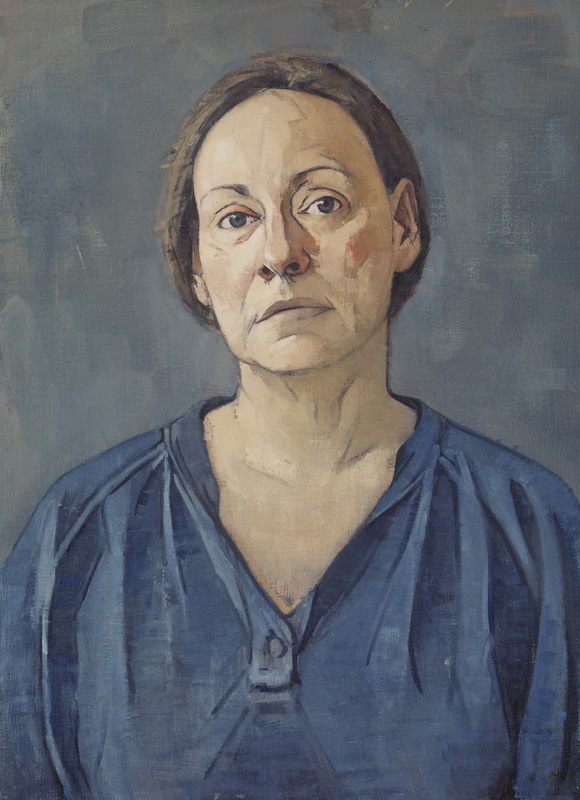Mary Beth McKenzie, the highly acclaimed figurative artist observed, "Artists make things so much easier for themselves when they learn to trust their eyes".
Self Portrait, Mary Beth McKenzie (Image courtesy of the artist)
I was alluding to this aspect of art-making yesterday in a blog about "the selective eye". The artist's eye is a most important tool, not only for observing and informing the artist, but also in the other sense, the inner eye, which develops with experience, training, discernment, time and work.
Trusting one's eyes is almost the first important step towards becoming an artist. I was lucky enough to learn to draw by the Nicolaides method, always drawing from real life, using contours and gesture drawing to learn of the subject. "There is only one right way to draw – physical contact with all sorts of objects through all the senses," Kimon Nicolaides declared, and it is true, I have found, for me. His method involved not looking at the paper, but fixing one's eyes intently on the subject being drawn, to hone the eye-hand connection.
Once that eye-hand connection is made, you begin to be able to trust your eyes and know that somehow, almost miraculously, it sometimes seems, the drawing will work out alright. Later, I learned to trust my eyes in terms of colour selection and assessment, so that the paintings seem, mostly, to work from the colour point of view. But this trust is an ever-developing, ever-active business. The more you draw and paint, the more you observe and use your eyes in every possible way, the better your eyes serve you to create art. Precious tools for an artist - it behoves us all to take care of our eyes, literally and figuratively!


